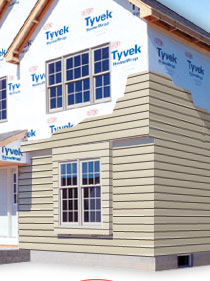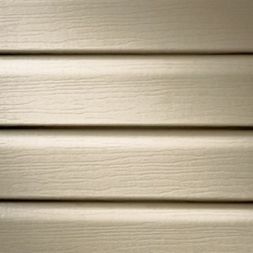
The cost of vinyl siding depends on the color and style that you pick. There are many colors to choose from and they will raise the value of your home. Mainly, there are blues, creams, browns, and reds. Each color will add to the value of your home, however, choosing light colors that appeal to more will help sell your home.
 A darker vinyl siding color will make the house look small and unwelcoming, whereas warmer, brighter colors will make your house look larger and more welcoming. No matter how small your house may look, using a bright color will help to make it look bigger. The most popular vinyl siding colors are the light browns and creams. These colors seem to be the ones that are making houses with vinyl siding more popular to buy.
A darker vinyl siding color will make the house look small and unwelcoming, whereas warmer, brighter colors will make your house look larger and more welcoming. No matter how small your house may look, using a bright color will help to make it look bigger. The most popular vinyl siding colors are the light browns and creams. These colors seem to be the ones that are making houses with vinyl siding more popular to buy.
A simple spray down with a pressure washer, or a quick wash and rinse with soap and a hose will help to keep the vinyl siding looking clean and new. The nicer the siding looks and the newer it is, the more value your home will have.
Costs for vinyl siding can vary depending on the brand, style, and color of the siding that is chosen. The most expensive form of vinyl siding these days is the new vertical siding. Vertical vinyl siding, just like horizontal siding, will help keep the home safe from water damage. Vertical siding is also easier to clean. Vinyl siding, in itself, is easy to clean and maintain.
Remember that vinyl siding doesn’t just add value to your home, it will make your home look and feel new again!
|
Info from: Home Addition Plus DOT Com
|


